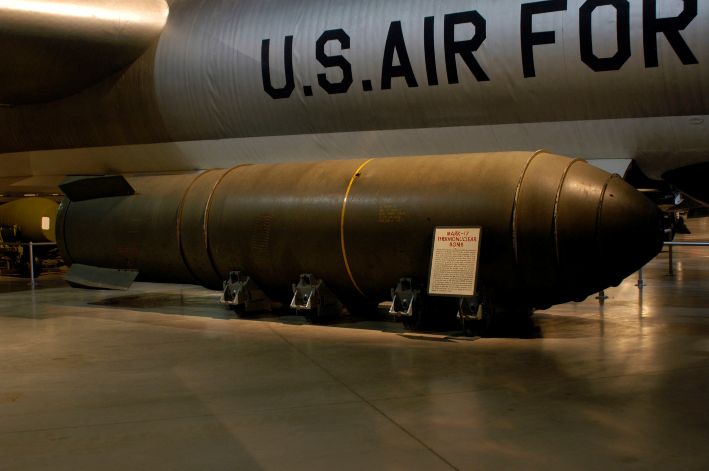Over the decades, numerous conspiracy theories have surfaced regarding the loss of the nuclear attack submarine USS Scorpion (SSN-589) on May 22nd, 1968.
These ridiculous theories range from an undersea battle with an Echo II class submarine (which did not have the capability to detect a Skipjack class sub out past a few thousand yards), or the absurd conspiracy theory of a super secret KGB team flying a Ka-25 “Hormone” ASW helicopter to sink the boat. Another equally absurd and highly improbably conspiracy theory is that Scorpion was sunk in retaliation for the loss of the Soviet sub K-129 (Golf II), which exploded and sank in March 1968. It gets even more preposterous with claims that K-129 was a “rogue” submarine, attempting to fire SLBM’s on Hawaii.
The facts from declassified documents, films, and interviews with those who have viewed the Scorpion’s wreckage clearly show the submarine imploded at depth after the initial internal casualty. There is no evidence of a torpedo strike (which would have been obvious and utterly devastating to the sub), nor is there any evidence of fire in the forward torpedo room.
The physical and acoustic evidence points toward a hydrogen gas explosion from the TLX-53-A batteries, and implosion at depth. Retired USN ONI analyst Bruce Rule covers this material in great detail. While there was possibly another factor involved in the loss of the sub (also including hydrogen), the fact remains that the boat possibly surfaced and at least one crew member made an escape attempt. We will provide more details in our third volume on nuclear weapons accidents, which we hope to release by the end of 2019.
Our first two books cover the loss of the USS Scorpion, to including excerpts from declassified documents and the official USN Court of Inquiry and subsequent analysis.





